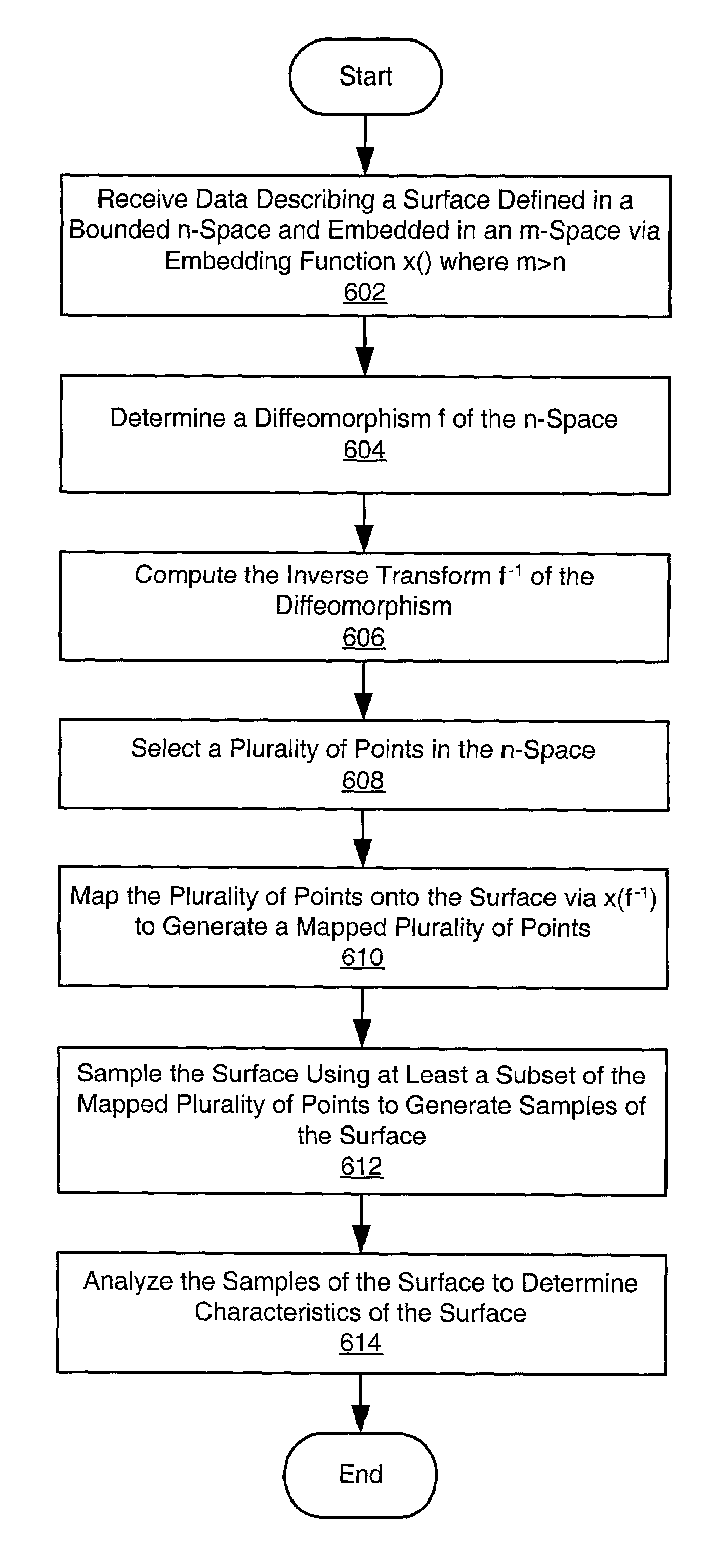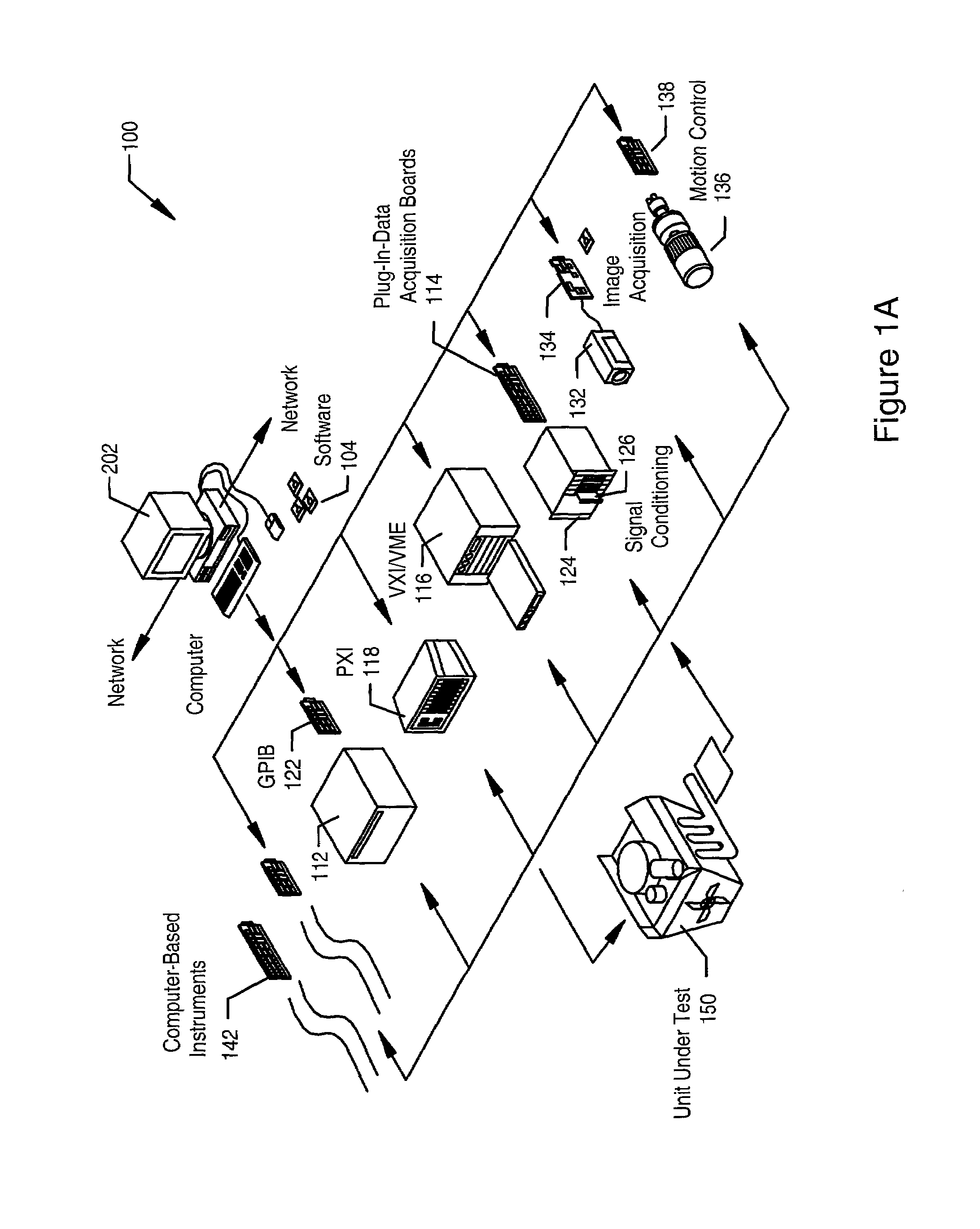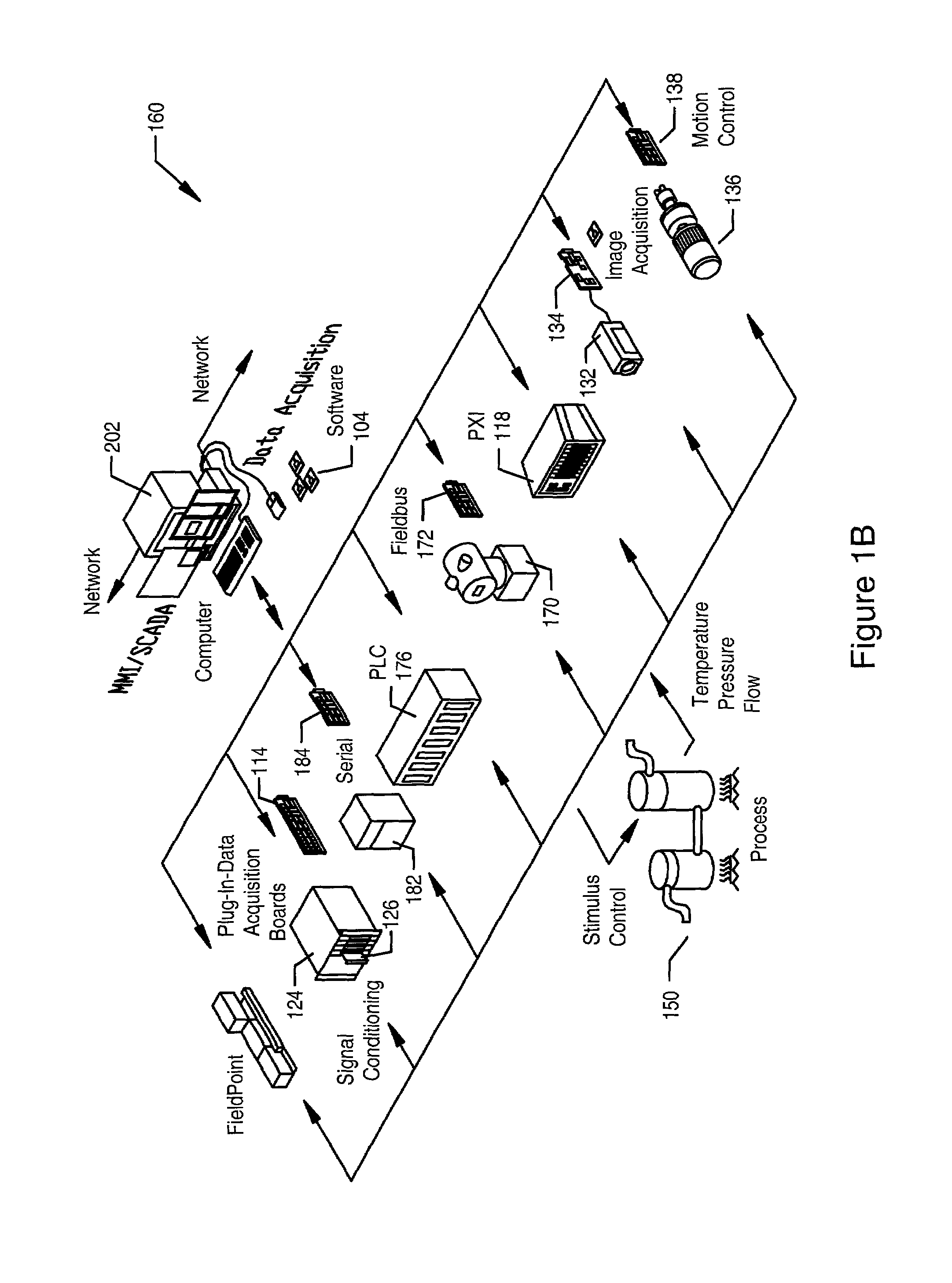System and method for analyzing an image
a technology of image analysis and image sequence, applied in image analysis, instruments, computing, etc., can solve the problems of not being suitable for more complex applications, not being generally useful for many applications, etc., and achieve the effect of speeding up successive search operations and optimizing for a specific imag
- Summary
- Abstract
- Description
- Claims
- Application Information
AI Technical Summary
Benefits of technology
Problems solved by technology
Method used
Image
Examples
Embodiment Construction
FIGS. 1A and 1B—Instrumentation and Industrial Automation Systems
[0056]FIGS. 1A and 1B illustrate exemplary systems which may store or use programs for analyzing a surface, such as a surface of an object, as described herein. As shown, possible applications of the present invention include image processing / machine vision, instrumentation, industrial automation, process control, or other purposes. These programs may of course be stored in or used by other types of systems as desired.
[0057]FIG. 1A illustrates an instrumentation control system 100. The system 100 comprises a host computer 102 which connects to one or more instruments. The host computer 102 may comprise a CPU, a display screen, memory, and one or more input devices such as a mouse or keyboard as shown. The computer 102 connects through the one or more instruments to analyze, measure, or control a unit under test (UUT) or process 150. The host computer 102 may store computer programs for analyzing a surface of an object ...
PUM
 Login to View More
Login to View More Abstract
Description
Claims
Application Information
 Login to View More
Login to View More - R&D
- Intellectual Property
- Life Sciences
- Materials
- Tech Scout
- Unparalleled Data Quality
- Higher Quality Content
- 60% Fewer Hallucinations
Browse by: Latest US Patents, China's latest patents, Technical Efficacy Thesaurus, Application Domain, Technology Topic, Popular Technical Reports.
© 2025 PatSnap. All rights reserved.Legal|Privacy policy|Modern Slavery Act Transparency Statement|Sitemap|About US| Contact US: help@patsnap.com



